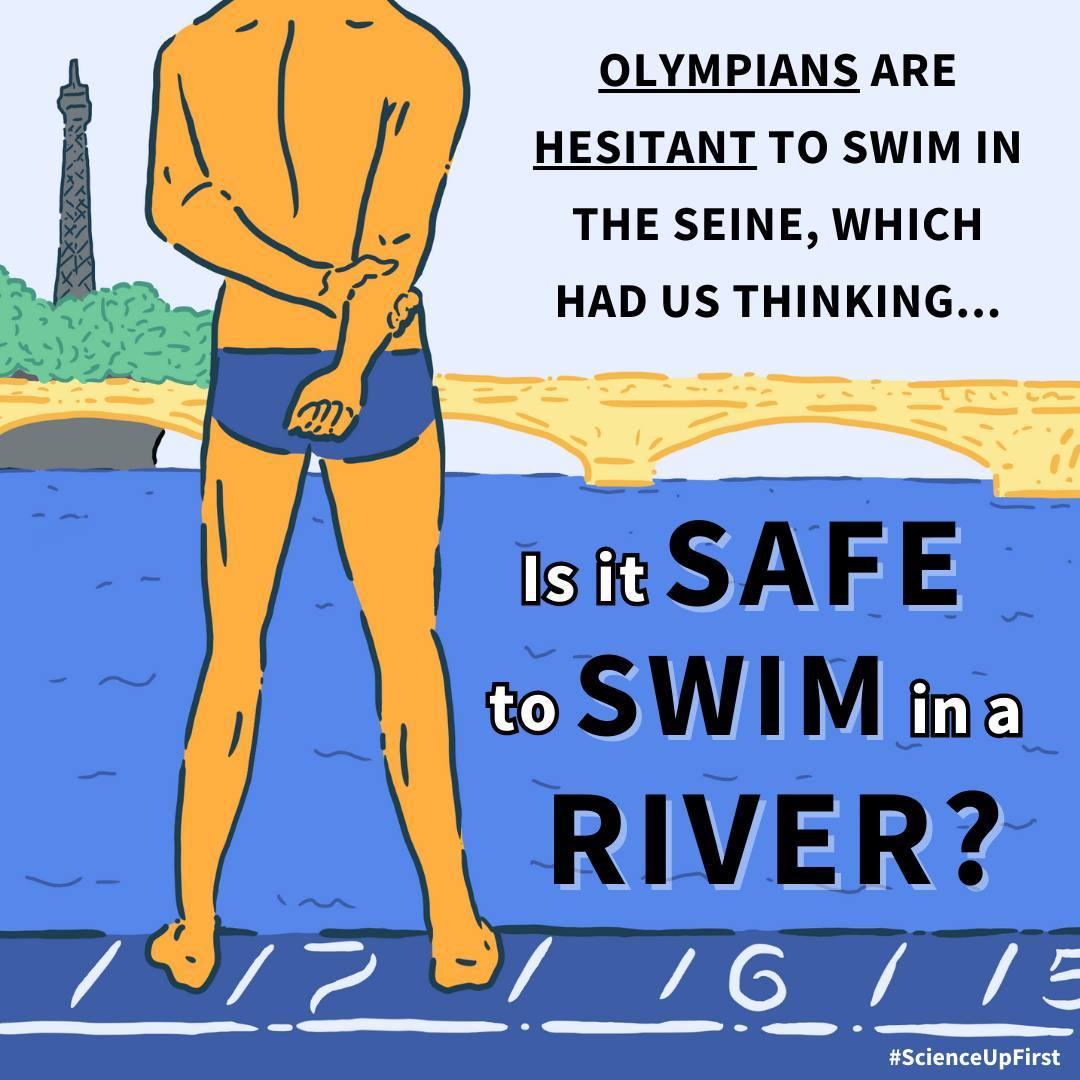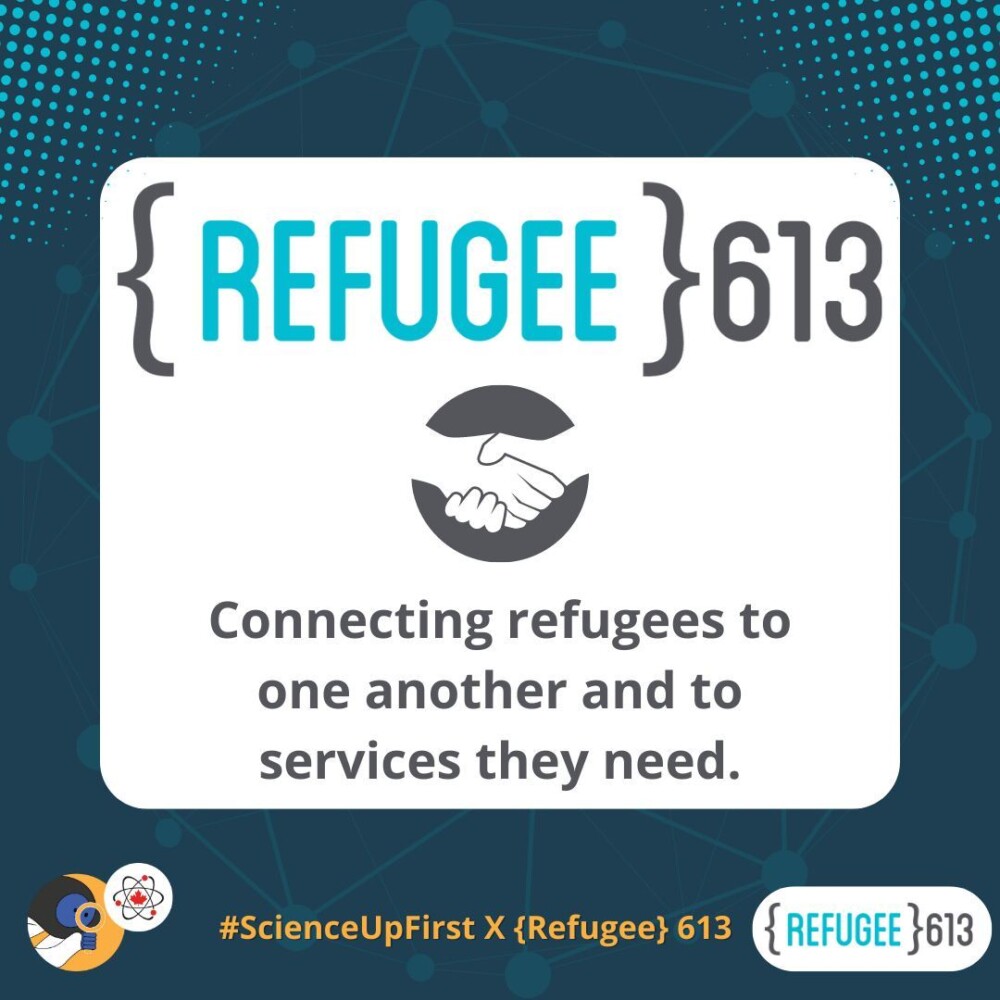
Triathlon training sessions were canceled in the Seine. Read on to understand the key indicators determining whether swimming in natural bodies of water is safe.
Because it is difficult and time consuming to test for all pathogens, experts tend to focus on “fecal indicators” in water like bacteria such as enterococci bacteria and E. coli. When these bacteria are found in the water, they indicate a potential contamination with human and/or animal fecal matter (1,3,4). Pathogens found in fecal matter can cause gastrointestinal illnesses as well as eye, ear, and skin infections when in high concentration (1,2).
Humans and farm animals are the primary sources of fecal contamination. Heavy rainfall can overwhelm sewage treatment systems, causing overflows into nearby waterways. Rain can also cause runoff of manure used on agricultural land, further contaminating rivers and lakes (1,4,5).
Safe concentrations of fecal indicators in the water are determined based on the activity the water is intended for. For example, primary contact activities such as swimming, wading, waterskiing or windsurfing, put people at higher risk of ingesting contaminated water than secondary contact activities such as canoeing and fishing (3,6).
When fecal indicators exceed safe levels, authorities might close the area or restrict the type of activities allowed (6,7,8,9). Swimming in the Seine has been banned to swimmers for the last 100 years because of unsafe levels of fecal contamination. Lots of money and resources have been dedicated to decontaminating it so that Olympic athletes can swim in it during the Olympics, but whether or not this will be possible is still uncertain (10,11,12,13).
One sure thing is if your local beach or river says it is closed, it is for a good reason and you should definitely not swim in it – Yes, even if it’s really hot outside (2)
Sources: https://tinyurl.com/SUFIsItSafeToSwim
Share our original Tweet!
If a river is out of bounds for swimming it’s probably for a good reason and you shouldn’t jump in, even if it’s really hot outside. There is a risk of coming in contact with pathogens!
— ScienceUpFirst | LaScienced'Abord (@ScienceUpFirst) July 31, 2024
Let’s clear things up 👇 https://t.co/pj4PcTxM3Y#ScienceUpFirst pic.twitter.com/Ot3zjOBNUh
View our original Instagram Post!



